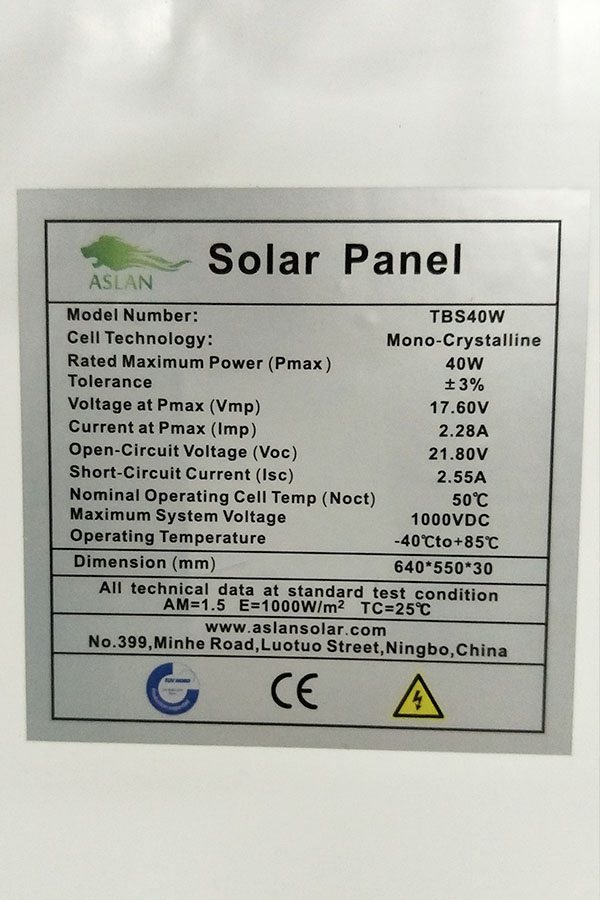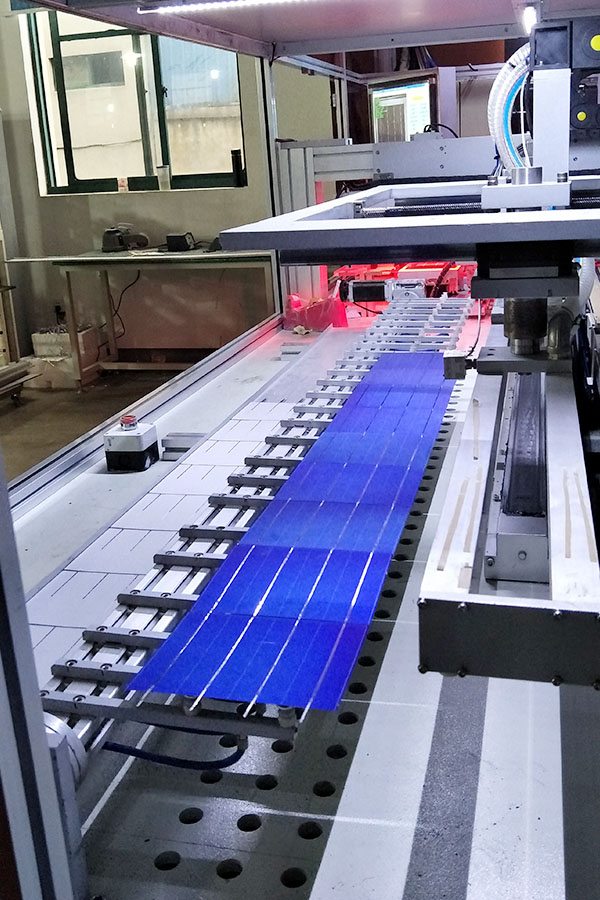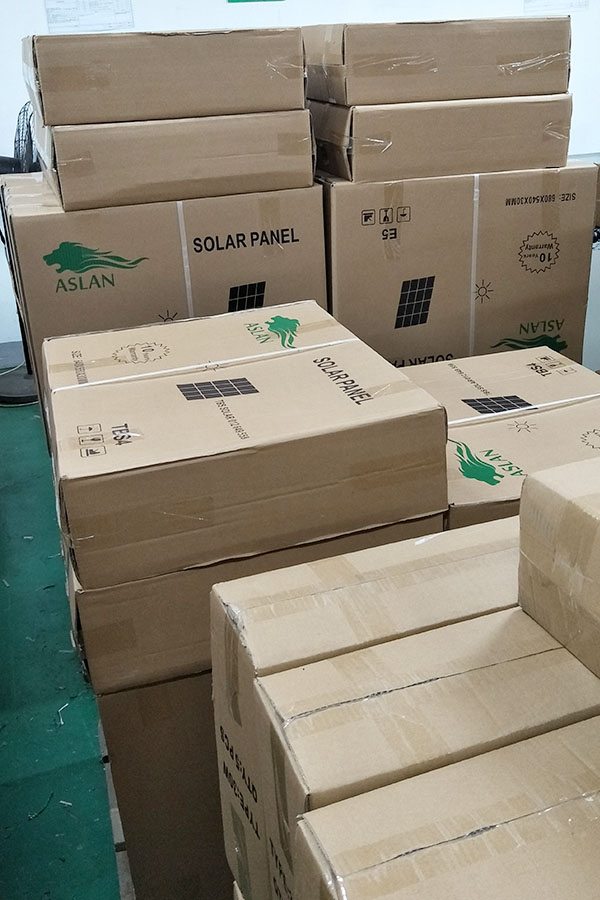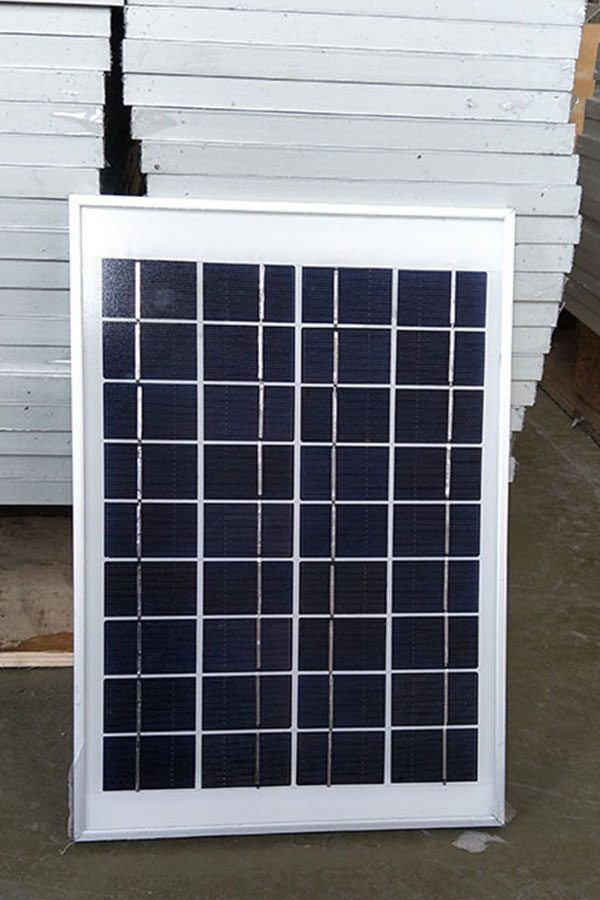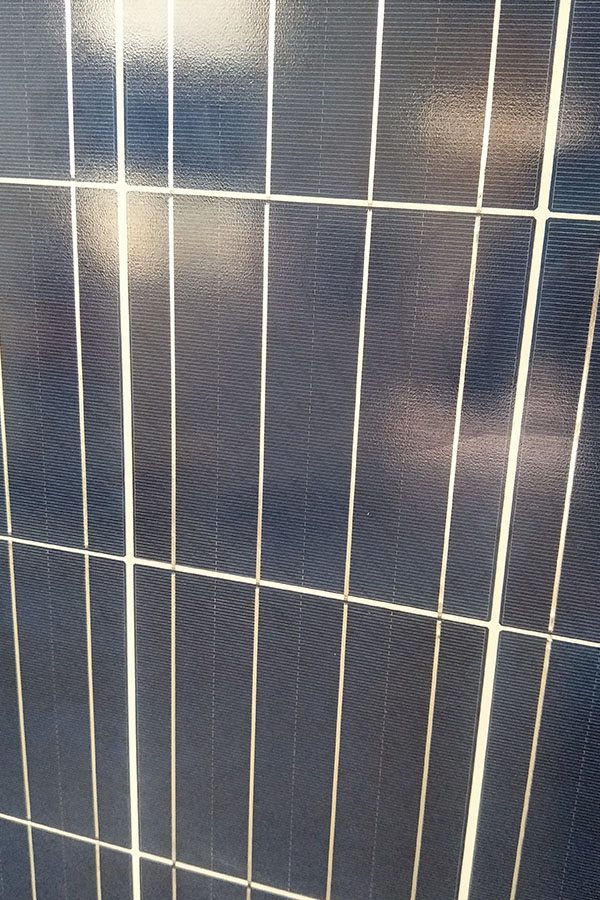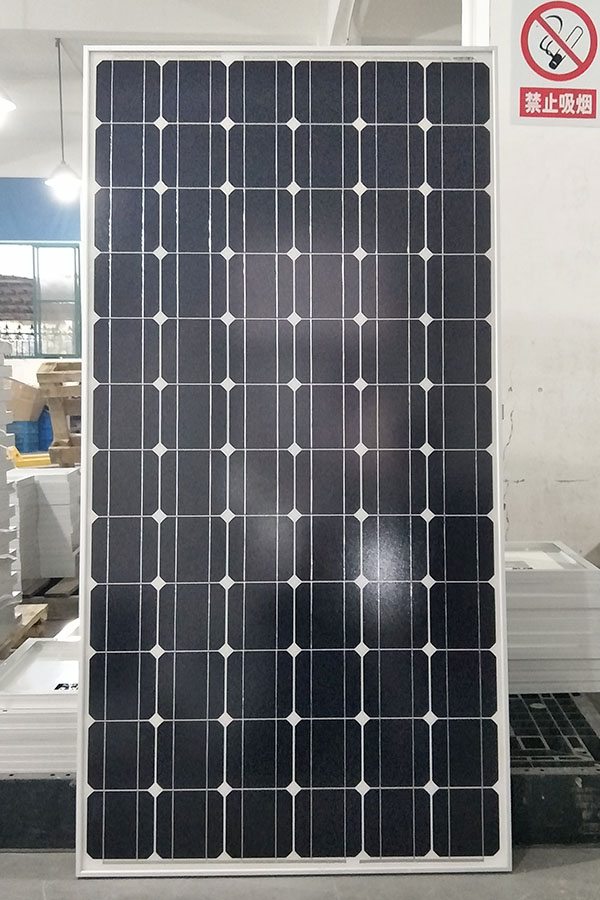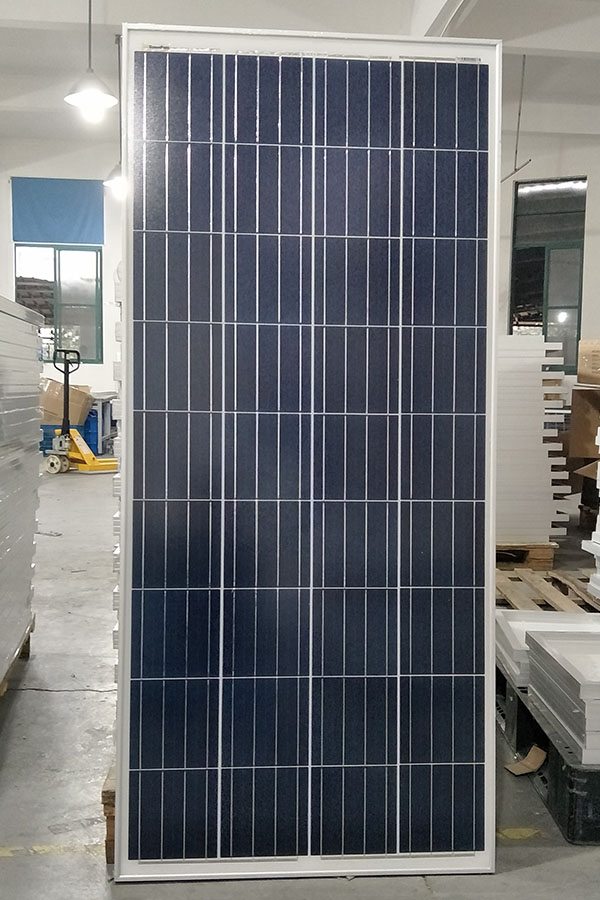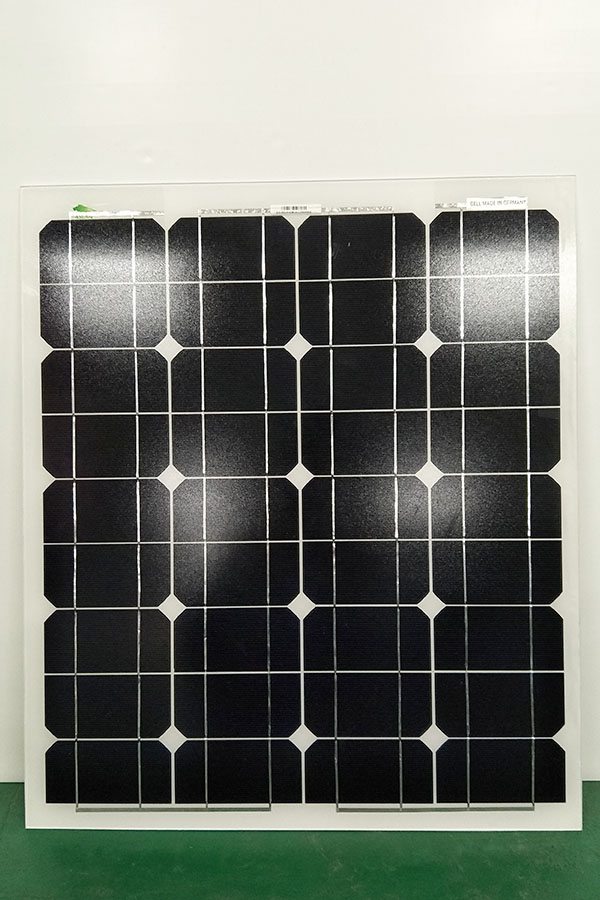16 Years Factory Poly-crystalline Solar Panel 80W Greenland Factories
Short Description:
We are ready to share our knowledge of marketing worldwide and recommend you suitable products at most competitive prices. So Profi Tools offer you best value of money and we are ready to develop together with 16 Years Factory Poly-crystalline Solar Panel 80W Greenland Factories, As we are moving forward, we keep an eye on our ever-expanding product range and make improvement to our services.
Poly-crystalline Solar Panel 80W
Technical parameter
Maximum Power(W) 80W
Optimum Power Voltage(Vmp) 18.13V
Optimum Operating Current(Imp) 4.70A
Open Circuit Voltage(Voc) 21.79V
Short Circuit Current(Isc) 5.16A
Mechanical Characteristics
Cell Type Poly-crystalline 156x104mm (6 inch)
No of Cell 36 (4x9pcs)
Dimensions 1008x678x35mm
Weight 8.3KGS
Front Glass 3.2mm,High Transmission, Low Iron,Tempered Glass
Junction box IP65 Rated
Output Cable TUV 1×4.0mm2/UL12AWG,Length:900mm
Temperature and Coefficients
Operating Temperature(°C): -40°C ~ + 85°C
Maximum System Voltage: 600V(UL)/1000V(IEC) DC
Maximum Rated Current Series: 15A
Temperature Coefficients of Pmax: -0.435%
Temperature Coefficients of Voc: -0.35%
Temperature Coefficients of Isc: 0.043%
Nominal Operationg Cell Temperature (NOCT): 47+/-2°C
Materials of solar panel
1).Solar Cell——Poly-crystalline solar cell 156*104mm
2).Front Glass——-3.2mm, high transmission, low iron, tempered glass
3).EVA——-excellent anti-aging EVA
4).TPT——-TPT hot seal made of flame resistance
5).Frame——anodized aluminum profile
6).Junction Box——-IP65 rated, high quality, with diode protection
Superiority: high quality anodized aluminum frame, high efficiency long life, easy installation, strong wind resistance, strong hail resistance.
Features
1. High cell efficiency with quality silicon materials for long term output stability
2. Strictly quality control ensure the stability and reliability, totally 23 QC procedures
3. High transmittance low iron tempered glass with enhanced stiffness and impact resistance
4. Both Poly-crystalline and Mono-crystalline
5. Excellent performance in harsh weather
6. Outstanding electrical performance under high temperature and low irradiance
Quality assurance testing
Thermal cycling test
Thermal shock test
Thermal/Freezing and high humidity cycling test
Electrical isolation test
Hail impact test
Mechanical, wind and twist loading test
Salt mist test
Light and water-exposure test
Moist carbon dioxide/sulphur dioxide
Graphene is a material made up of single-atom thick sheets of carbon which makes graphene flexible, conductive, transparent and abundant. Currently, researchers are trying to fully incorporate graphene into thin-film solar cells due to graphene’s high conductance and transparency; however, graphene cannot hold an electrical charge as well as some other materials. As a result, scientists are coming up with new ways to process graphene sheets so that they are better suited for use in solar energy applications.
One way to improve the use of graphene in solar cells is to dope the sheets of graphene with oxygen to create graphene oxide which is less conductive but better able to hold a charge. If this technology is successfully developed and executed, it could replace the brittle and rare Indium Tin Oxide (ITO) which is a useful, but very expensive conductor. Another idea that scientists are investigating is stacking multiple sheets of graphene together to increase conductance and charge capacity. This allows less light to penetrate the surface of the solar cells but also increases the charge capacity, allowing the graphene sheets to outperform ITO.
Both of these ideas for graphene usage in solar cells demonstrate the materials science paradigm of processing a material to obtain optimal properties for the application. Our video will talk about the structure of graphene itself and how processing the graphene differently alters the structure of graphene which improves its properties and allows it to perform better in photovoltaic cells. These positive effects of graphene usage in solar cells would clearly benefit the environment by creating cheaper and more efficient solar cells.
Sources Cited in Abstract:
http://www.graphene-info.com/graphene-solar-panels
http://www.graphene-info.com/researchers-say-graphene-will-outperform-ito-solar-panel-transparent-electrode-material
References:
Introduction to solar panels, N-type and P-type semiconductors: http://www.nrel.gov/docs/legosti/old/1448.pdf, http://electronicdesign.com/power-sources/what-s-difference-between-thin-film-and-crystalline-silicon-solar-panels
Image on Page 4 based picture from: https://www.acs.org/content/acs/en/education/resources/highschool/chemmatters/past-issues/archive-2013-2014/how-a-solar-cell-works.html?cq_ck=1396892718960
Intro to current problems with solar cells: http://www.solarpoweristhefuture.com/problems-with-solar-energy.shtml
Solar cells are expensive: http://www.sigmaaldrich.com/catalog/product/aldrich/544876?lang=en®ion=US, http://energyinformative.org/best-solar-panel-monocrystalline-polycrystalline-thin-film/#thin-film-solar-cells,
Current solar panels are not efficient : http://www.solarpoweristhefuture.com/how-efficient-is-solar-energy.shtml, http://energyinformative.org/best-solar-panel-monocrystalline-polycrystalline-thin-film/#thin-film-solar-cells, http://www.mpoweruk.com/energy_efficiency.htm
Properties of Graphene: https://www.graphenea.com/pages/graphene-properties#.WO7aLNLyvb0,
Second Solution: https://phys.org/news/2013-12-graphene-sheets-effective-transparent-electrodes.html
MSE Triangle: http://www.graphenomenon.com/, https://www.scientificamerican.com/article/balancing-act/
Image Credits (in order of appearance):
https://www.extremetech.com/wp-content/uploads/2015/07/graphene-head.jpg
https://www.sciencedaily.com/releases/2016/09/160928151119.htm
https://commons.wikimedia.org/wiki/File:Illust_poly_thinfilm.gif
Custom images/animation by our team
https://brainmass.com/hubsimg/1477377/carbon.jpg
https://www.graphene-info.com/graphene-solar-panels
https://www.researchgate.net/profile/Shine_Augustine/publication/276394214/figure/fig2/AS:294624238292993@1447255300638/Figure-3-Molecular-structure-of-i-graphene-ii-graphene-oxide-Graphene-exhibits-a.png
http://www.aerogelgraphene.com/graphene-solar-panels-2/
http://daais.sinica.edu.tw/english/publication_list.php?yearId=11
https://www.graphene-info.com/graphene-solar-panels
http://www.industrialheating.com/ext/resources/Issues/Issues2/2017/Jan/ih0117_mct_fig1-900.jpg
https://s-media-cache-ak0.pinimg.com/originals/f7/76/be/f776bef5ea60f056da26d4204bcc8cc1.jpg
https://www.sciencedaily.com/releases/2016/09/160928151119.htm
UPDATE, 2014 October 19.
Answers to some questions:
1) Yes I did use too much heatsink compound initially, but what isn’t shown in the video is
me scrapping off all the excess.
2) The Peltier (TEC) is a TEC1-12710 from Ebay rated at 154Watts, Vmax 15.4Volts Imax
10Amps.
3) I did not completely overcome the condensation problem – this was just an experiment.
What’s not show on the video is that I filled the gap around the CPU/Cooling Block with
lots of Dow Corning DC4 silicone compound, this stopped condensation on the top but
the underside of the MoBo (where the CPU is) got wet.
Initial CPU temperature, as measured in BIOS, was -16°C but after running for a while it settled at -10°C.
The power supply was home-made from a 240v-12v toroidal transformer (two 12v outputs each capable of providing 9Amps, only one 12v output used) a 10amp bridge rectifier (KBU10M) and a 68000µF16volt electrolytic capacitor.
For this test power for the pump and ancillary fans was provide by a bench PSU, set to 12volts and capable of providing 2Amps, although 1.1Amps was max current required.
Cooling had to be supplied for the pump, which heated up noticeable at the base, and the bridge rectifier which still got very hot even with a heat sink and fan.
The transformer also got quite warm.
Some measured parameters:
Initial Peltier starting current 8.4Amps, settled to 7.8Amps when playing a movie on PC.
Peltier (PSU) voltage 13.5olts – Steady throughout test.
Water temperature : Start 20°C, After 3 hours 27°C


